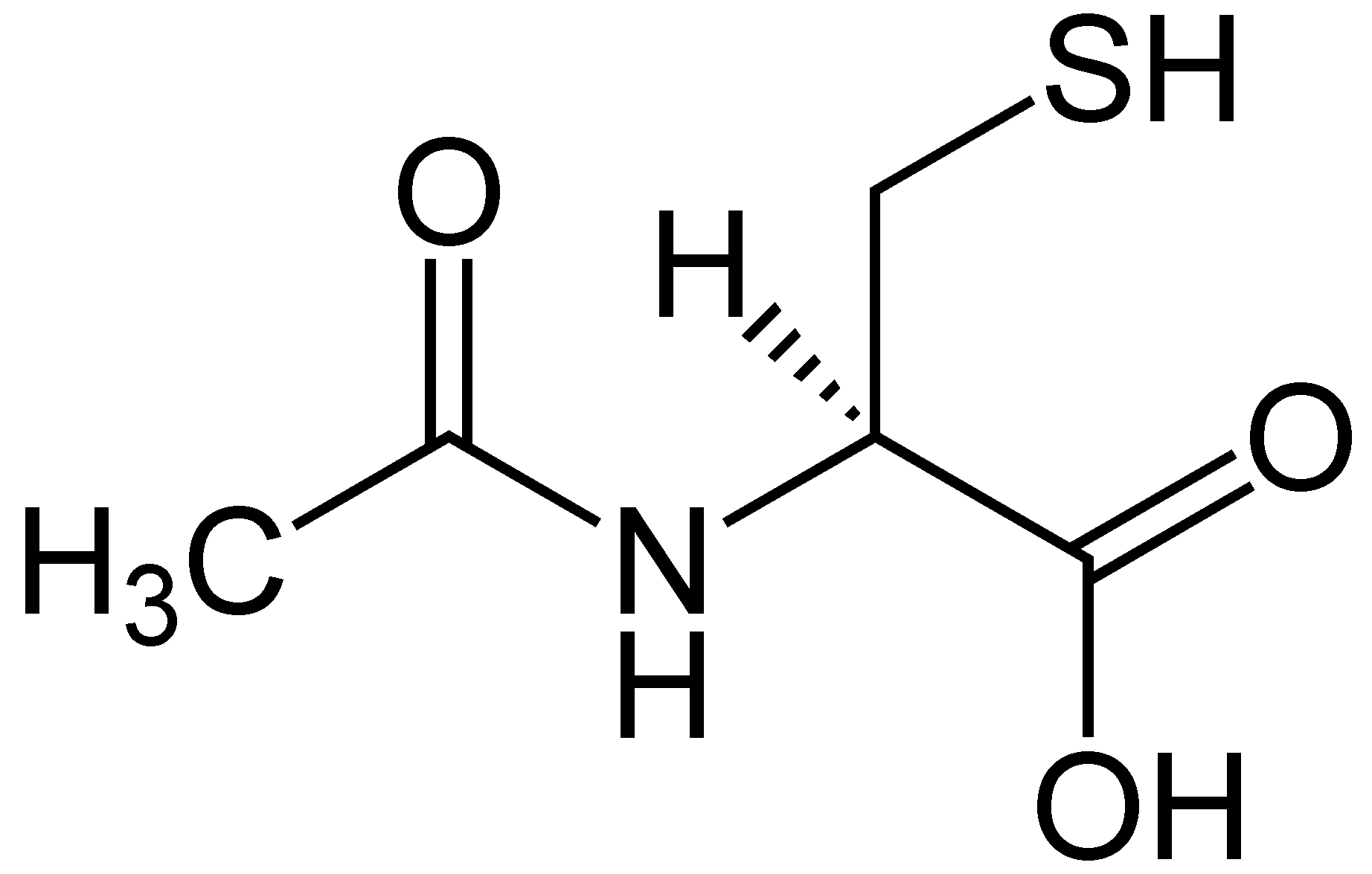N-acetylcysteine (NAC) is a naturally occurring molecule that replenishes one of the body’s antioxidants, glutathione, and now shows potential benefit as part of a standard course of treatment for patients with Parkinson’s disease. Larger studies are warranted to validate these preliminary but exiting findings.
The destruction of dopamine nerve cells in Parkinson’s disease appears to result in large part due to oxidative stress which lowers levels of glutathione, a chemical produced by all the cells of the body to counteract oxidative stress.
Interestingly, glutathione levels in the substantia nigra of people who passed away with Parkinson’s are close to null. In the 80’s, this finding led researchers to administer intravenous (IV) glutathione as an adjuvant to standard therapy. This first small trial showed promising results mostly on resting tremor intensity. But intravenous delivery is not an ideal treatment approach for any medication, particularly for a community that has movement issues. Then, further clinical trials investigated the effect of inhaled glutathione. Unfortunately, these trials did not show any difference between the group of patients treated with glutathione and the ones treated with placebo, suggesting a placebo effect. However, these studies were too small to detect a true effect between the treatment and the control groups.
One other potential explanation of the failure of these trials is that administered glutathione is not absorbed very well by cells. Glutathione is made inside cells, not taken up by them.
This leads back to NAC. NAC is readily taken up by neurons and it can help to boost intra neuronal glutathione levels. NAC has also been shown to be neuroprotective in animal models of Parkinson.
NAC is an oral supplement, and also comes in an intravenous form that is used to protect the liver in Tylenol overdose. Several initial studies have shown that NAC administration increases glutathione levels in the brain, but it has not been tested whether such an effect would augment dopamine levels as neurons recover function.
A study published in July 2019 tested this by tracking dopamine re-uptake via brain scans. The researchers took 42 people with Parkinson’s and randomly assigned them to either administration of NAC for three months or standard care. The NAC was given both intravenously (once per week) and orally (twice per day).
At the end of the study, the researchers reported that the NAC-treated group exhibited a significant increase in dopamine activity in the putamen (where the bulk of the dopamine in our brains is released). And this was associated with significantly improved clinical evaluations of the patients’ mental and physical abilities.
The investigators concluded that the “results suggest NAC may positively affect the dopaminergic
system in patients with Parkinson’s, with corresponding positive clinical effects. Larger scale and longer-term studies are warranted “. In the most recent report, the researchers stated in the discussion that their “findings were not consistent across all subjects “. Thus, there may be some forms of Parkinson’s that respond to NAC, and others that don’t. Therefore, larger studies are needed to better explain this phenomenon.
Source of the study:
Clin Pharmacol Ther. 2019 Oct;106(4):884-890. doi: 10.1002/cpt.1548. Epub 2019 Jul 17.
N-Acetyl Cysteine Is Associated With Dopaminergic Improvement in Parkinson’s Disease.
Monti DA1,2, Zabrecky G1,2, Kremens D3, Liang TW3, Wintering NA1,2, Bazzan AJ1,2, Zhong L2, Bowens BK2, Chervoneva I4, Intenzo C5, Newberg AB1,2,5.

